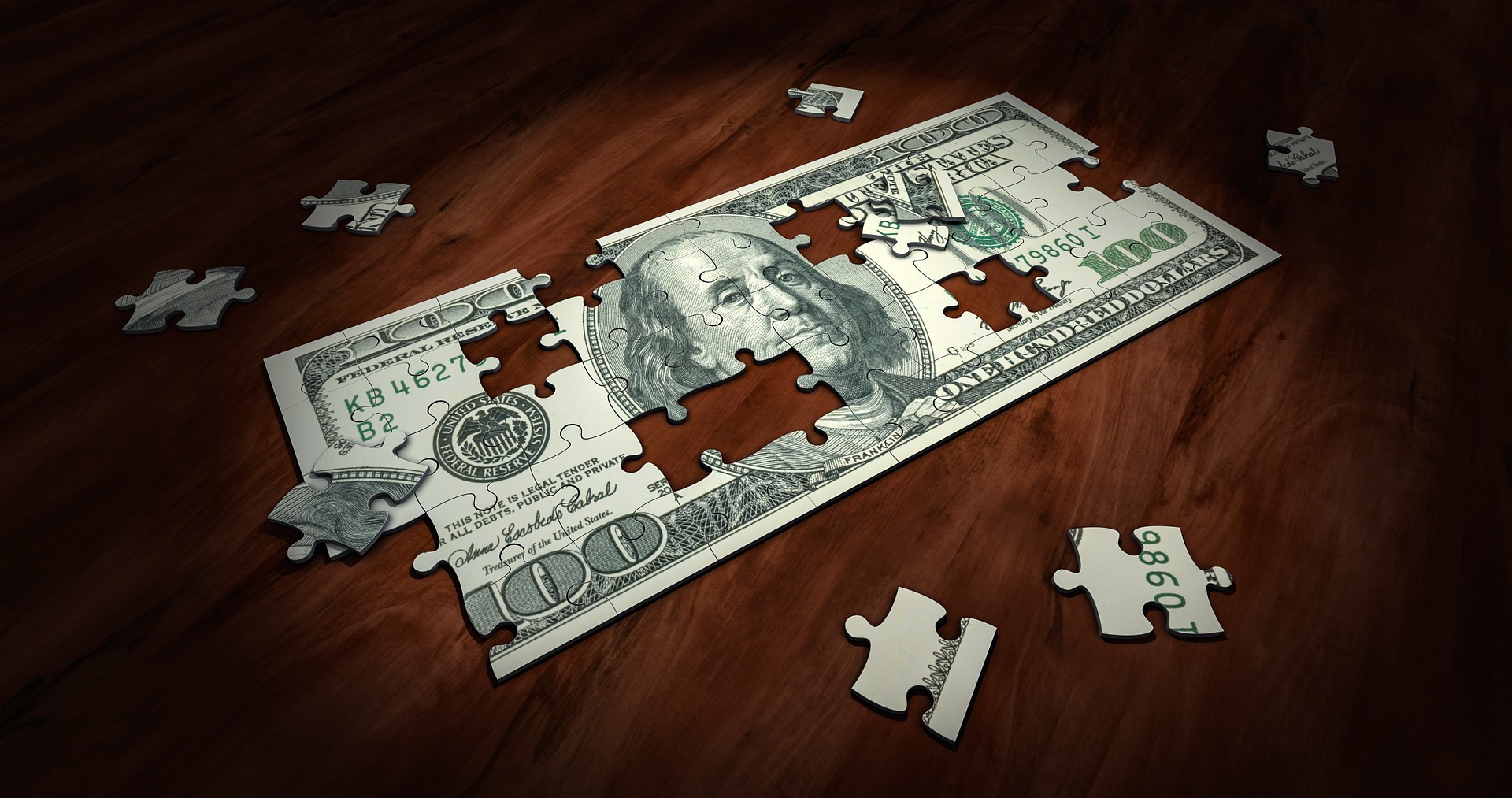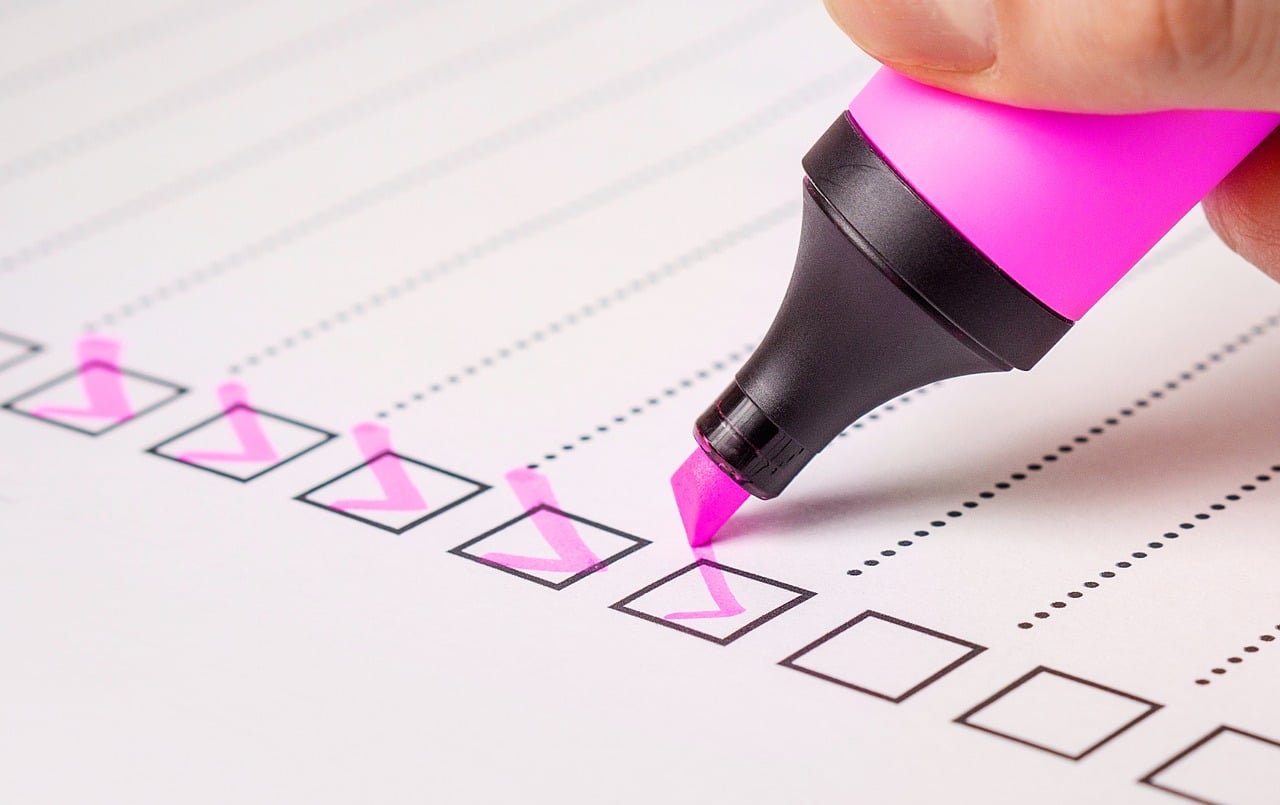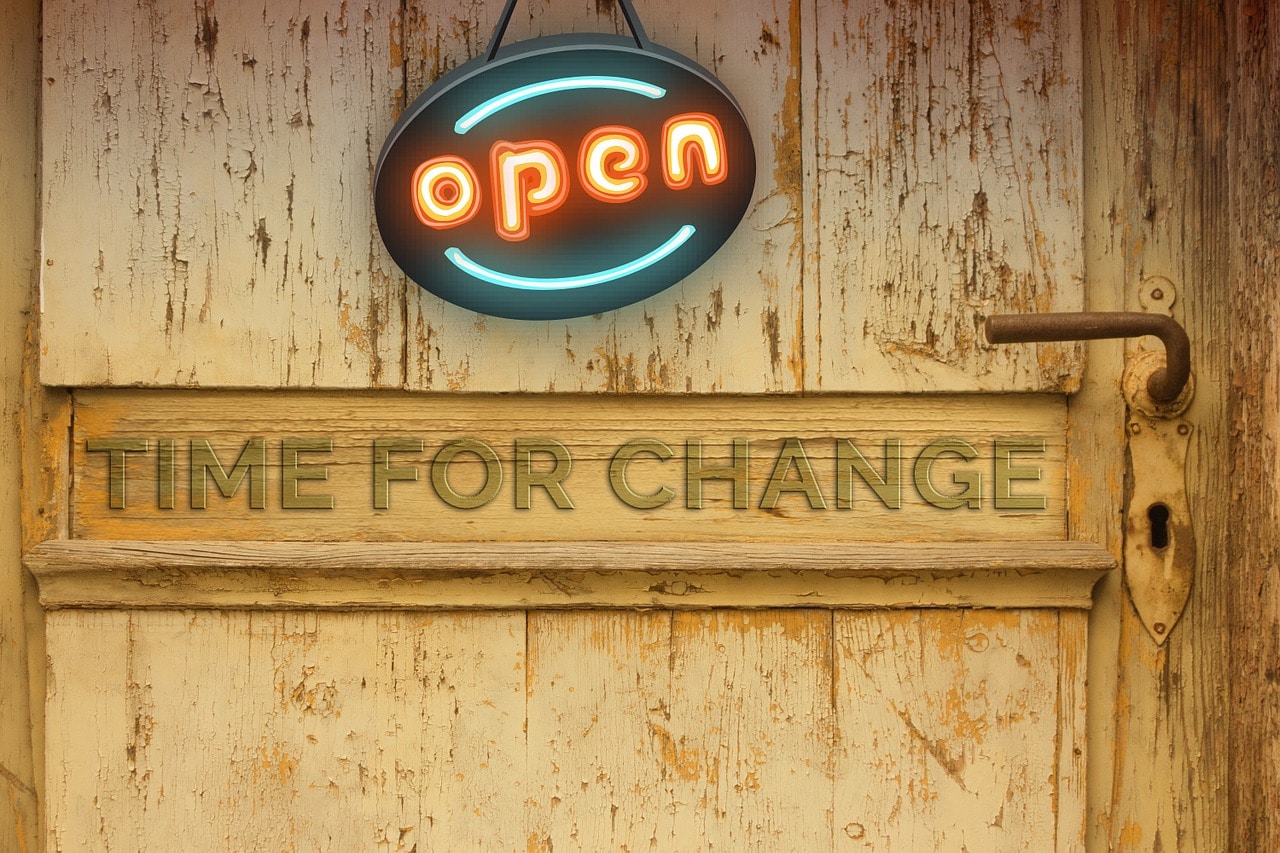Want to maximize profit on your product sales?
Well, apart from other marketing and business strategies, a good pricing strategy is also something you need to focus on!
What factors do you consider while setting the price for your product or services?
While setting the rates for your products or services, there are a variety of factors including :
- Production cost
- Distribution cost
- positioning strategies,
- competitor’s products,
- target consumer base etc.
Price is a very important factor for a customer while purchasing a product. Also, an effective price structure can have a profound effect on the success of the business. And often times, it determines if your business will survive or not!
Research studies conducted in 2020 indicate drastic changes in consumer spending habits. Market uncertainties, low income, and supply shortages globally have pushed consumers to become more cost-conscious. One research found that 73-80% of consumers will not revert to their old shopping habits even after the crisis is over. So, businesses have to adopt new pricing strategies to adapt to the new normal. [1]
So, what are those strategies that you may consider to boost your sales and become more profitable?
Scroll down to find out!

1. Premium Pricing
With this pricing strategy, marketers set prices higher than their rivals or competitors. It is, however, used when there is a considerable competitive advantage, and the marketer or the business is safe to charge a comparatively higher price.
Premium pricing is ideal for small companies that sell unique services or goods.
Pro Tip: A business, however, should ascertain that the product’s packaging, their advertising efforts, and the store’s décor or luxury services all combine to support the set price.
Example of Premium Pricing
Let’s take an example of a premium specialist clothing stores such as bonobos that charge you a bit extra but provides you with unique designs and custom fit clothes.
2. Penetration Pricing
Trying to attract buyers? Well, this strategy would help you with that goal.
In this approach, lower prices are offered on services or products. While many new businesses employ this strategy, it does tend to lead to an initial loss of income for the company.
Over time, however, the increase in awareness regarding the product or service can drive profits and assist small companies to stand out.
In the long run, when a company succeeds in penetrating the market, it often ends up increasing their prices to reflect the state of their position in the industry.
3. Economy Pricing
In this approach, the marketing cost of a service or product is kept at a minimum.
The strategy is used for a particular time where the company is not spending more on marketing the service or product.
Example of Economy Pricing:
The first few airline seats, for instance, are sold at low prices in budget airlines as to fill in the jet.
Economy pricing is used by an extensive range of companies including discount retailers and generic food suppliers.
The strategy, however, can be risky for small companies as they lack the sales volume of larger businesses.
Pro Tip: The small businesses may struggle to produce a sufficient profit with low prices, yet the selectively tailoring price-cuts to your most loyal clients or customers can be an effective way to assure their support for years to come.
4. Price Skimming
This strategy is designed to help companies to capitalize on sales of new services or products.
This approach entails setting high prices during the preliminary phase.
The prices are then gradually lowered as the products or services of the competitor appear in the market.
This pricing strategy creates an impression of exclusivity and high quality when your product is first launched in the market.
5. Psychology Pricing
This pricing strategy plays with the psychology of a customer. Setting the cost of a ring at $98, for instance, is sure to attract more customers than setting the price at $100. But the question is, despite a very small difference, why do customers get more attracted towards the former price of a product?
Psychology says consumers tend to pay more attention to the first digits on a price tag. You can see similar pricing tactic when retailers add $0.99 on price tags such as $1.99 or $2.99. Hence, the aim of this strategy is to create an illusion of greater customer value.
6. Bundle Pricing
How many times have you been tempted to buy a multipack of lays containing 6 packets at $2.99 rather than buying 1 packet at $0.65? Or a bundle package of SMS rather than texting on actual rates?
I am sure, I have guessed it right! Who doesn’t like to save money?!
We all prefer products that cost us less without compromising on the quality. This is why bundle pricing is a hit and is beneficial for both the seller and the buyer.
The seller gets to sell more of their product, and the buyer gets to buy the product in bulk but with less money. For instance, if multipack of chips is for $1.50 and 3 multipacks for $3. The likelihood of buying three packs is more than buying just one.
Bundle pricing increases the value perception as you are essentially giving your customers something for free.

7. Value Pricing
This strategy is employed where external factors such as increased competition or recession compel the businesses to provide valuable services or products to maintain sales, e.g., combo deals or value meals at KFC and other restaurants.
Value pricing makes a customer feel that they are getting a lot of product at the same price.
Value pricing is similar to economy pricing in many ways.
Pro Tip: So, let’s make this very clear that in value pricing there is added value in respect to service or product. Cutting the price does not, in general, increase in value.
8. Promotional Pricing
Promotional pricing is a very common pricing strategy that can be seen in various departmental stores and restaurants etc. Approaches such as money off vouchers, BOGOF (Buy One Get One Free) and discounts are a part of this pricing strategy.

9. Cost-based Pricing
This approach implicates setting costs based prices for manufacturing, distributing and selling the product. Additionally, the company or business generally adds a reasonable rate of profit to compensate for its risks as well as efforts.
Companies such as Walmart and Ryanair function to grow into the low-cost manufacturers. By continuously dropping costs wherever possible, these firms can set lower prices. Unquestionably, that breads to smaller margins, but greater returns and sales.
However, companies with higher prices may also depend on this pricing approach. But, these companies, in general, deliberately produce higher costs in order to claim higher margins and prices.
10. Geographic Pricing
Businesses that use this pricing strategy can charge different prices for the same product or service in different geographical locations or markets. In 2020, market uncertainties and political issues have increased volatility in shipping costs, taxes, and tariffs. Geographic pricing strategy, like the point of production pricing, requires the buyer to pay for all shipping costs, which can help manufacturers and exporters to avoid volatile shipping costs and increase their profits.
This pricing strategy also allows businesses to price products based on taxes. For example, a Chinese manufacturer can price products going to the US at a higher price than India to offset higher taxes in America. Other types of geographic pricing include uniform-delivered, freight-absorption, and zone pricing, which is commonly used by oil manufacturers. [2]
11. Dynamic Pricing
Dynamic pricing is flexible and allow businesses to set prices of their products and services based on prevailing market condition and customer demand. One of the most common dynamic pricing strategy is surge pricing, popularly used by taxis and ride-hailing companies like Uber and Ola Cabs to hike prices during rush hour. Businesses can also price products based on demand in the market.
According to Statista, the online price of cough syrups and cold medications in the UK increased by around 10.7% between 21st and 29th March 2020. Online retailers increased their profits by pricing these products based on the demand in the market. Hotels, airlines, event venues, and companies in other time-sensitive sectors use algorithms that analyze a variety of factors to set dynamic prices for their services and increase profits.
Pro tip: Businesses should match their dynamic prices with what the customer is willing to pay at that specific time. [3]
12. Hourly Pricing
Also known as rate-based pricing, hourly pricing is used by service providers to trade their time for money. Businesses that provide services like consultancy, freelancing, or contracting can use hourly pricing to increase their profits. It rewards the hard work, time, and labor invested by service providers more accurately than pricing weekly or monthly. [4]
Final Thoughts
The strategies mentioned above are the most commonly used strategies employed by businesses to maximize profit on their product or service sales.
Every pricing strategy is effective in its own unique way. So, before choosing a pricing strategy for your product or service, evaluate your market position and other circumstances to get the best of the strategy employed. It is, hence, critical to be aware of your competitive position, while setting a price. The marketing mix should be considered what your clients or customers expect in terms of price.
References & more information
- Fulmer, C. (2020, September 7). Premium Pricing Strategy for Small Business. Golden Vineyard Branding
- Leonard, M. (2020, Aug 20). Peak season in a pandemic: What happens to freight rates and capacity? Supply Chain Dive
- Clark, D. (2020, Aug 4). Percentage change in online prices of high-demand products in the UK in 2020. Statista
- Chan, N. (2020, July 28). How Much Should I Charge as a Consultant? Founder
Tell us what you think? Did you find this article interesting? Share your thoughts and experiences in the comments section below.












Very useful. Thank you!
Good Lessons, Easy to understand that.
I really thanks you that your preparing.
You are welcome 🙂